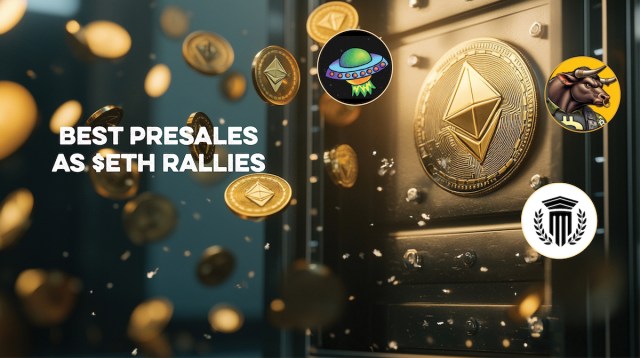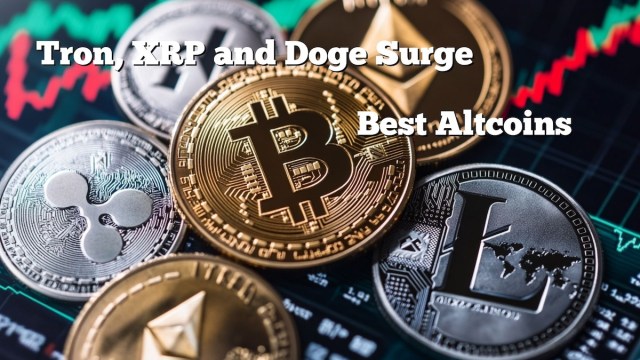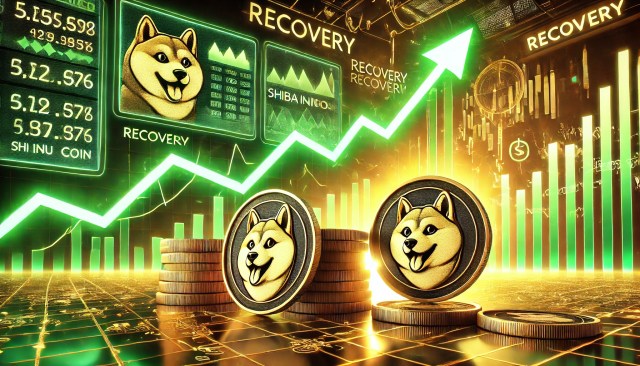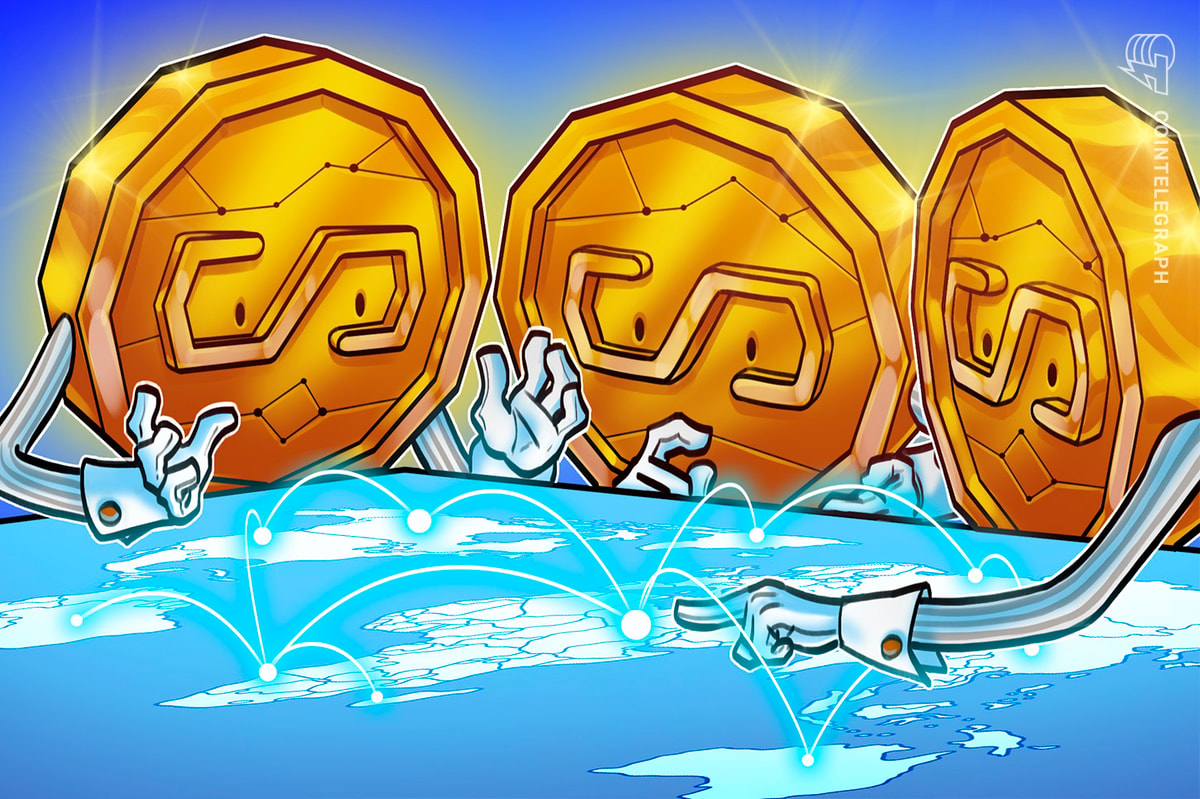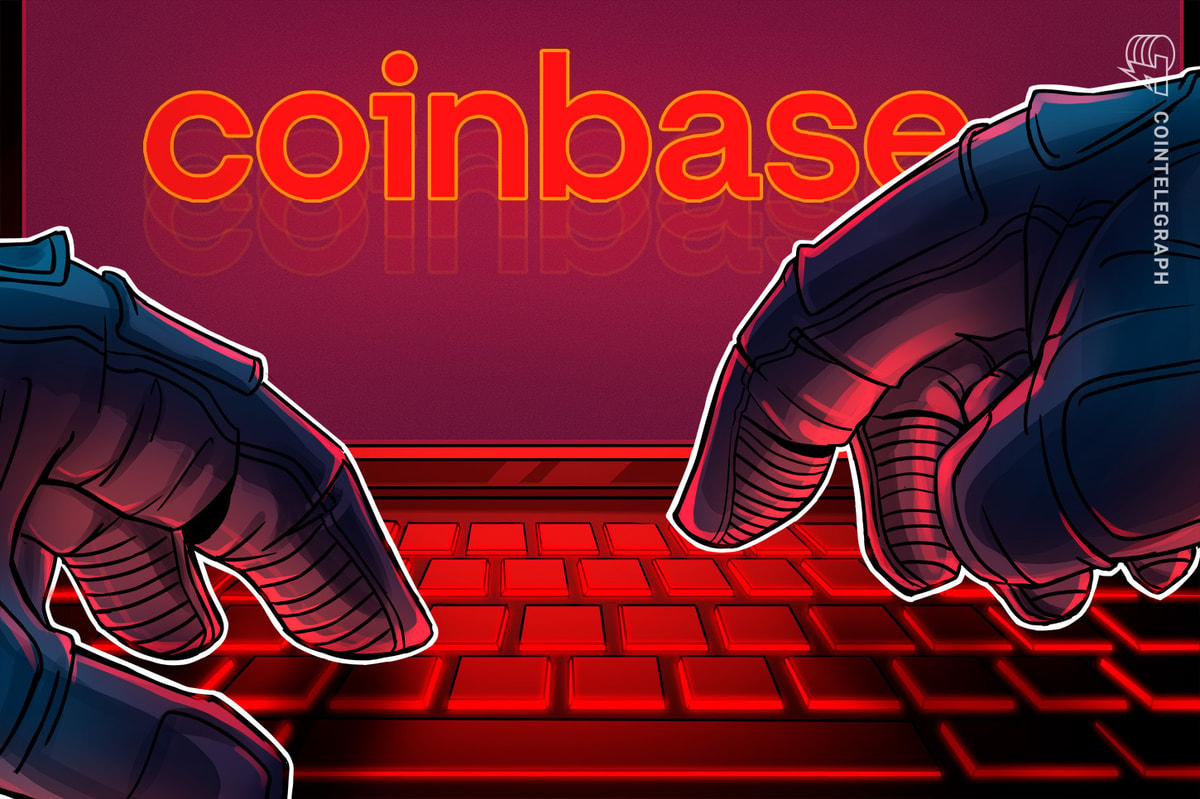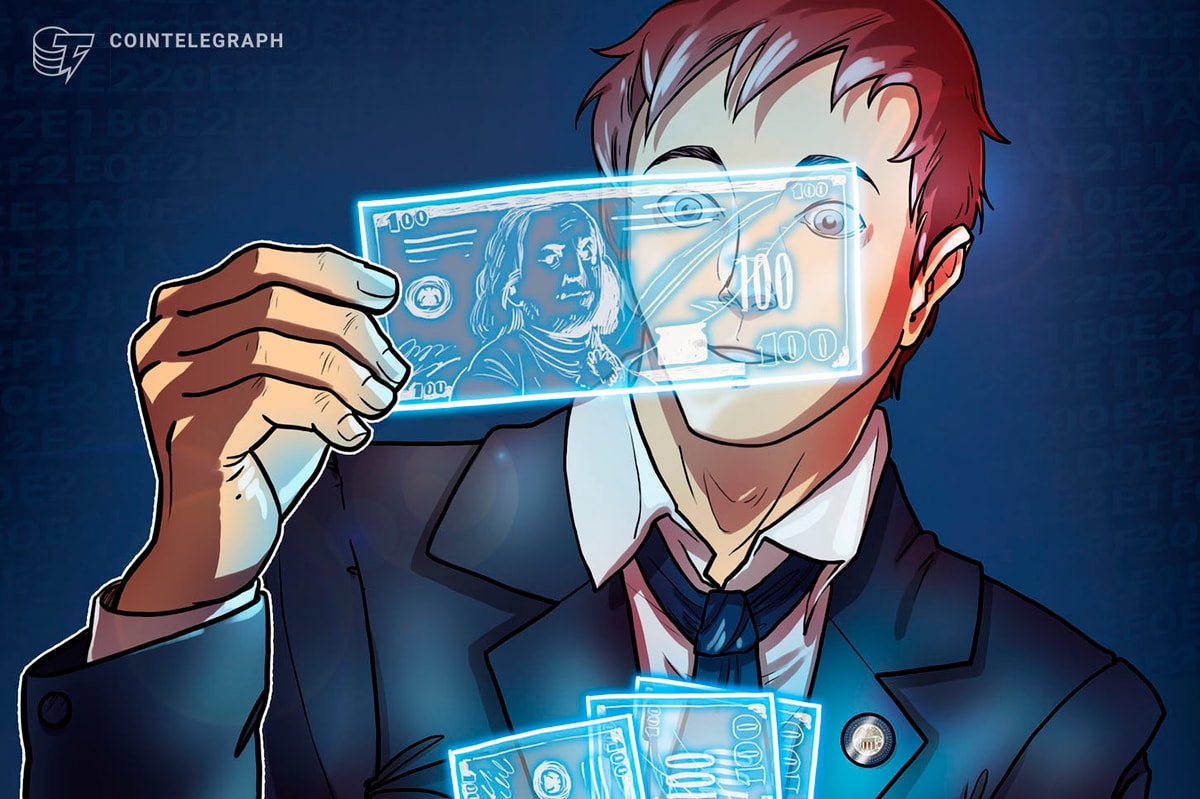Economies spend a lot of money on infrastructure. Yet a lot of this infrastructure lies idle and is underutilised. Big industrial machinery, medical equipment and even ports and airports are mostly unused and not used to their fullest potential.
What if we were to find a way which would allow us to use our assets to their fullest capacity? It turns out that the answer may just be using the Blockchain.
Blockchain is the same technology that powers Bitcoin and is basically a distributed ledger which can move information on anything which has some value. Blockchain works as a secure peer-to-peer network and there is no need for intermediaries to keep it functional.
Blockchain can open a chain of possibilities
Blockchain and the Internet of Things (IoT) together are likely to bring about a difference in the way we utilise our infrastructure across sectors. Forbes recently had a piece by Alex Tapscott, the co-author of the book Blockchain Revolution.
Tapscott says:
“Blockchain is a vast, global distributed ledger or database running on millions of devices and open to anyone, where not just information but anything of value – like money and units of energy – can be moved and stored securely and privately peer-to-peer, and where trust is established, not by powerful intermediaries like banks, governments and technology companies, but rather through mass collaboration and clever code.”
The most important invention since the Internet or sliced bread?
Ernst and Young (EY) recently published a report which quoted Marc Andreessen, a leading venture capitalist as saying saying that Blockchain is the most important invention since the Internet itself.
EY describes the implementation of Blockchain, saying:
“Both incumbents and start-ups are actively looking to apply the technology to reduce costs or improve efficiency. The technology’s potential to make ledgers more transparent, trustworthy and efficient leads to suggestions that it can possibly revolutionize financial services and other industries.”
Keeping a record of the Internet of Things
Blockchain can be used in a variety of ways across sectors. EY has listed a few in its report and they have captured the use of the Blockchain in conjunction with the IoT well.
They cite an example on how IoT and Blockchain together can be used in manufacturing:
“A distributed infrastructure-based IoT could power efficient product data-keeping. All information pertaining to a product from the point of manufacture through the time it reaches the end user can be stored on the ledger. This would include product history, revisions, warranty information and expiration date (if applicable), thus making the ledger a trusted source of product data. Via access to the maintenance schedules on the ledger, service requests can be triggered when a product requires maintenance.”
If toasters could talk, what would they say?
There is a also a possibility that in the future home appliances like toasters, fridges etc will be able to talk to each other. This is a seriously scary prospect for me at least. Imagine a future in which if a toaster is broken it will be able to call the service centre by itself and you might find a repairman at your front door. Consider a fridge which will know that you are out of eggs and will be able to order them from a shopping website. And, of course, the sellers of eggs and repairing companies will be able to use a Blockchain to verify that it is indeed your toaster or fridge that is calling.
Toasters won’t fly just yet though
We must remember though that Blockchain technology is still in its infancy. Certainly Bitcoin is a proven scenario in many ways and has stood the vagaries of time but when it comes to using Blockchain in fields like banking and insurance, we still have a way to go.
As for IoT, that field itself has miles to go but one thing is for sure, Blockchain can help IoT become more secure and sustainable.
As EY concludes in its report:
“The Blockchain and distributed infrastructure technology are exciting developments that show promise for the financial services industry. While there are significant potential benefits to applying the technology, doing so successfully is a challenge. By thoroughly considering how the technology could meet business needs, and the role of other external and internal factors, firms can significantly improve the likelihood that their initiatives for distributed infrastructure will succeed.”




